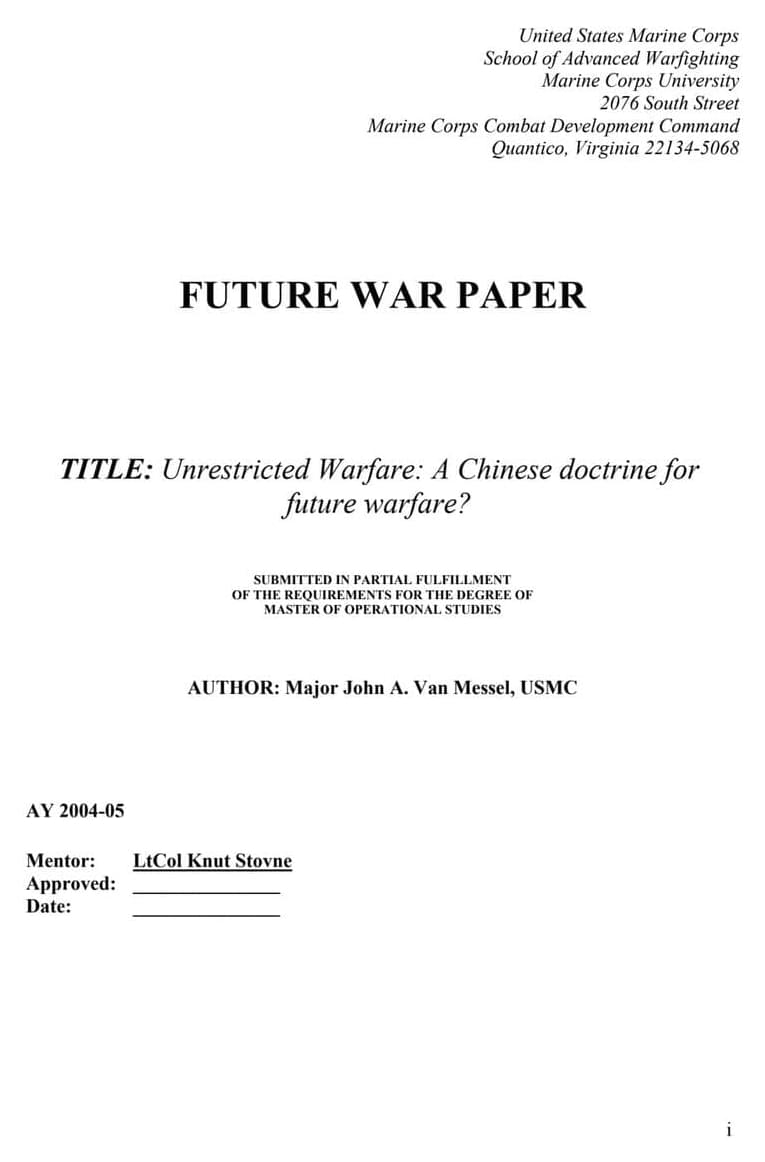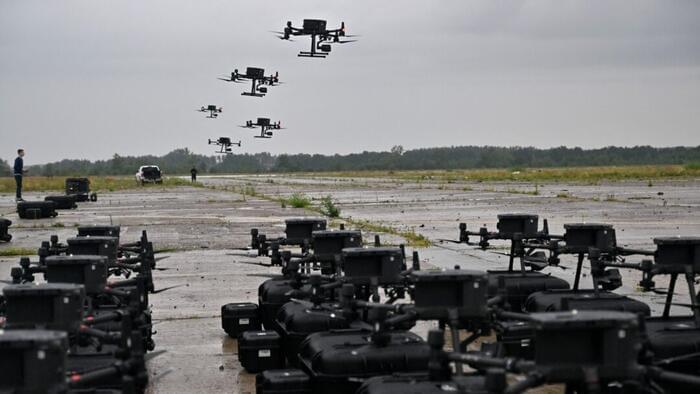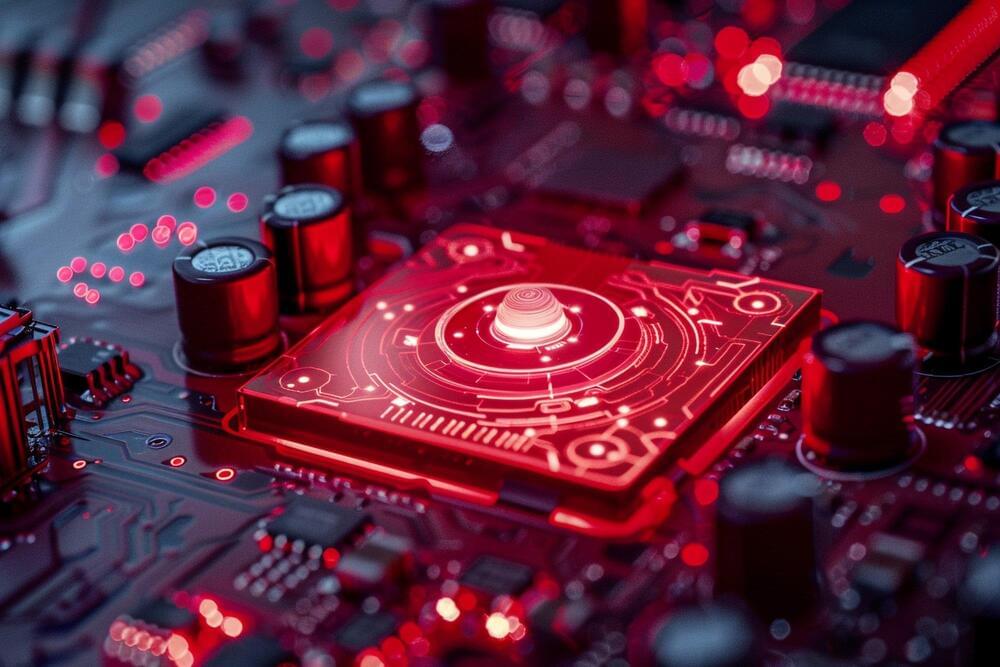In science fiction, holograms are used for anything from basic communications to advanced military weaponry. In the real world, 3D holographic displays have yet to break through to everyday products and devices. That’s because creating holograms that look real and have significant fidelity requires laser emitters or other advanced pieces of optical equipment. This situation has stymied commercial development, as these components are complex and expensive.
More recently, research scientists were able to create realistic 3D holographic images without lasers by using a white chip-on-board light-emitting diode. Unfortunately, that method required two spatial light modulators to control the wave fronts of the emitted light, adding a prohibitive amount of complexity and cost.
Now, those same scientists say they have created a simpler, more cost-effective way to create realistic-looking 3D holographic displays using only one spatial light modulator and new software algorithms. The result is a simpler and cheaper method for creating holograms that an everyday technology like a smartphone screen can emit.





